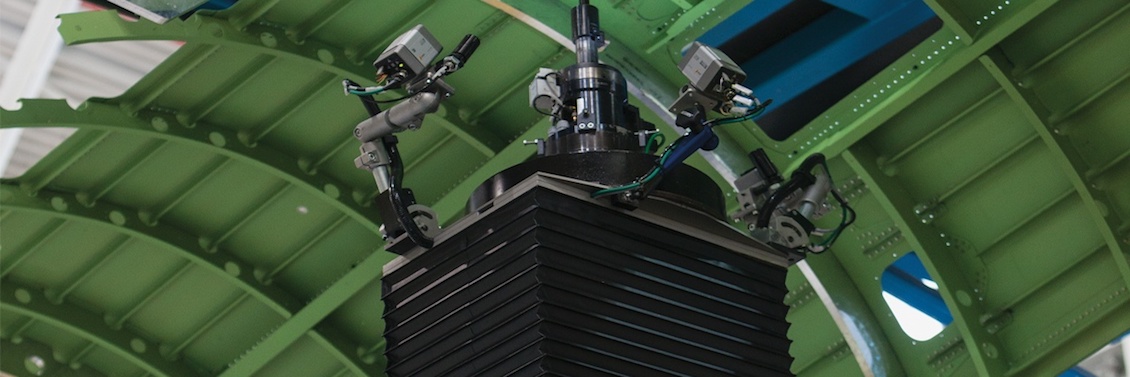Gulfstream G650: Planned to Perfection

Source: Gulfstream
It takes a high-tech facility to build a state-of-the-art Gulfstream G650 for obtaining the highest efficiency result.
From its inception, the 95,670 square-meter building was designed around one objective: producing a next-generation aircraft through a leaner, more consistent manufacturing process that would help facilitate an even higher level of Gulfstream quality. Production of the G650 began in September 2008, but building design began four years earlier.
“When planning the aircraft, we were looking at a significant improvement in performance - the range, the speed, the functionality,” says Steve Ritchie, director of Operations Technology, Gulfstream. “From an operations perspective we also wanted to have a ‘step change’ in the way in which we built the aircraft. We focused on the product and the manufacturing process and objectives.”
Every facet of the building layout and the G650 assembly was modeled in 3-D software.
Most aircraft components for the G650 are produced with numerical control machines, which allow precise holes to be drilled into parts during manufacturing rather than on the assembly line. For production of the G650, Gulfstream uses state-of-the-art automatic riveting to assemble fuselage panels and a technician monitors the work by video and approves every step.
Tooling engineers also studied the best way to move the oval sections of the fuselage, or barrels, from one work station to another. Moving each barrel typically required lifting each one by crane, placing it on the next work station and then measuring and readjusting, often more than once, until the barrel lined up exactly where it needed to be. Engineers developed precision-built carts that roll on rails. Each barrel is assembled on a cart, which rolls from station to station and is joined with other sections of barrel down the line.
Reducing the number of moves improved efficiency and eliminated much of the physical strain and risk of injury for technicians. Perfect alignment also came together at work stations. Lines for electricity, hydraulic fluid, machining oil and air run under the floor, which reduces tripping hazards.
Even blueprints got an upgrade. Technicians access drawings on computers, which reduces printing costs and allows engineers and technicians to communicate in real time, not through a draftsman’s rendering.
Engineers didn’t overlook the people who would be working and visiting the building. Translucent panels near the roof run the length and width of the production area, allowing sunlight to illuminate the bright white walls and bounce off the gray floors.
Tags: Lean Manufacturing, Aerospace, Gulfstream

